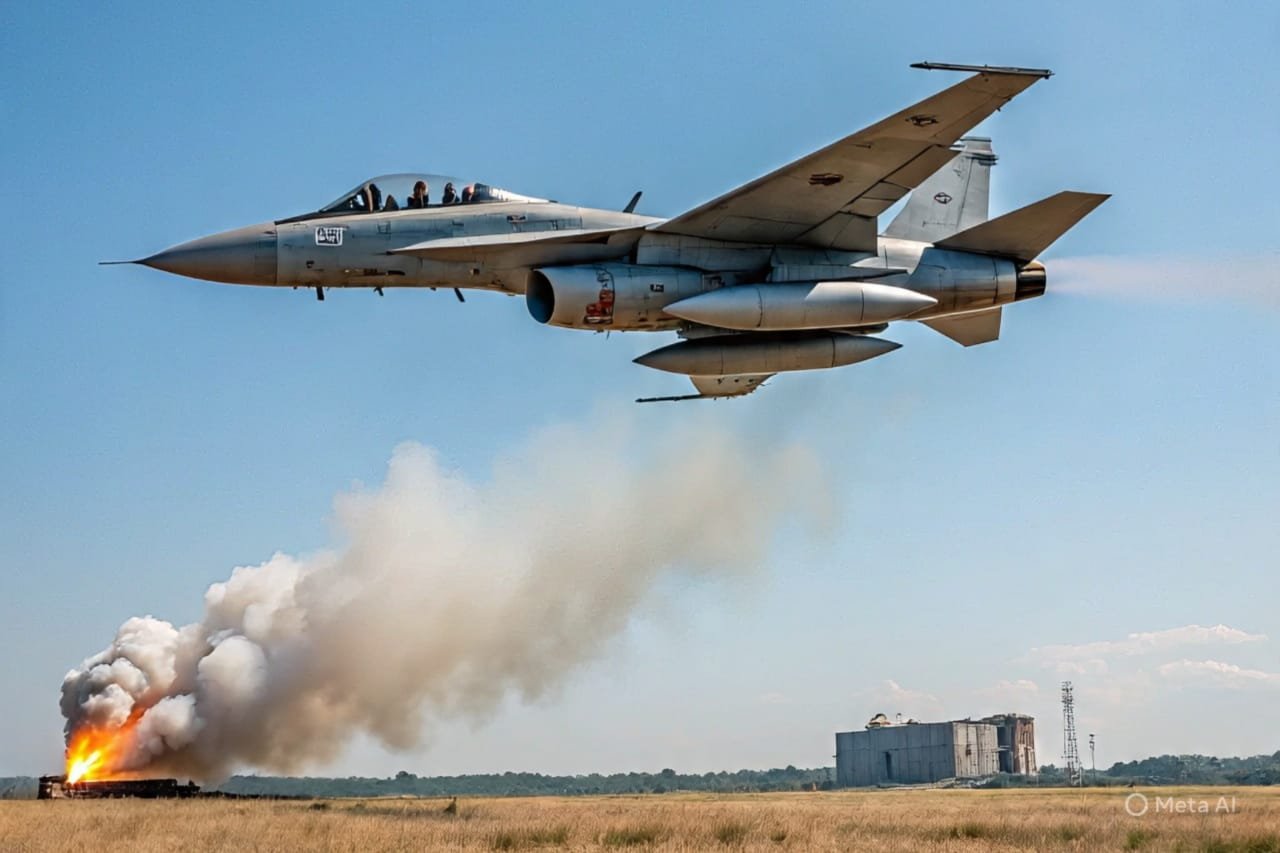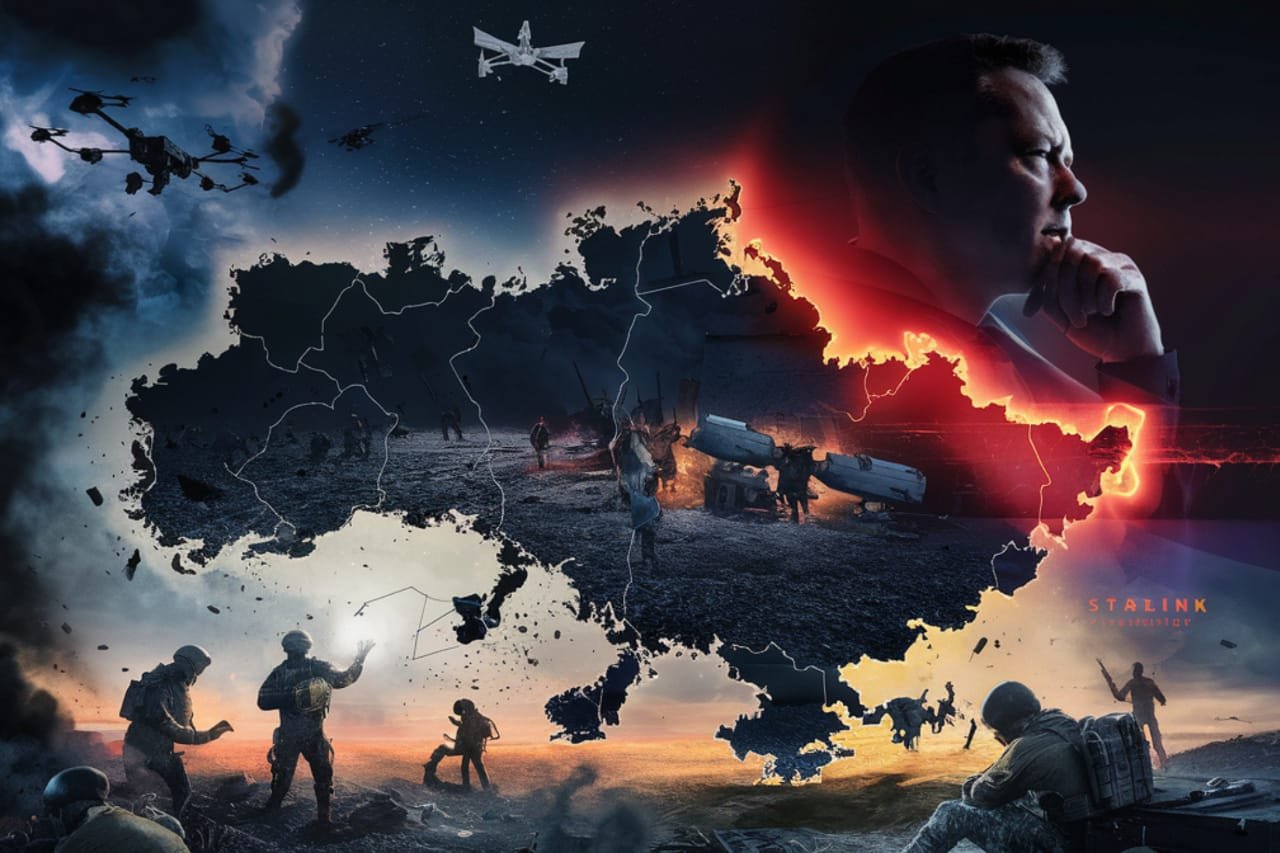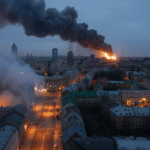- Home
- ScienceDiscover the latest updates from across the United States, including politics, culture, economy, and trending stories. Stay informed on the key events shaping the nation and the topics everyone’s talking about.
- EconomyOur Economy page provides comprehensive reporting on international financial systems, trade dynamics, development economics, and macroeconomic policy. Drawing on expert analysis and institutional data, we illuminate the interconnected nature of global markets and their real-world implications for governance and inequality.
- HealthWe examine global health issues through the lens of policy, access, equity, and innovation. From pandemics and healthcare infrastructure to mental health and biotechnological breakthroughs, our health reporting is rooted in empirical data, expert insight, and a commitment to understanding health as a cornerstone of human development.
- HistoryThis section revisits critical junctures in world history, emphasizing the relevance of historical events in shaping present-day global affairs. Through scholarly narratives and fact-anchored storytelling, we uncover the often-overlooked patterns, power structures, and human decisions that have left a lasting imprint on international relations and societies.
- PoliticsOur Politics section offers in-depth analysis of international political developments, ideological movements, and institutional shifts. With a focus on global governance, diplomacy, and geopolitical strategy, we provide nuanced reporting that transcends partisan narratives and situates events within their broader historical and structural contexts.
- War & ConflictThis section delivers meticulous coverage of international conflicts, civil wars, military strategies, and peace negotiations. We prioritize geopolitical context, long-term impact, and the role of state and non-state actors—eschewing sensationalism in favor of sober, historically informed analysis.
- TechnologyWe critically examine the global technology landscape—from artificial intelligence and cybersecurity to digital policy and ethical innovation. Our reporting focuses not just on what is being built, but why it matters: how technological change influences governance, economy, security, and human life on a planetary scale.
- Features
- Home
- ScienceDiscover the latest updates from across the United States, including politics, culture, economy, and trending stories. Stay informed on the key events shaping the nation and the topics everyone’s talking about.
- EconomyOur Economy page provides comprehensive reporting on international financial systems, trade dynamics, development economics, and macroeconomic policy. Drawing on expert analysis and institutional data, we illuminate the interconnected nature of global markets and their real-world implications for governance and inequality.
- HealthWe examine global health issues through the lens of policy, access, equity, and innovation. From pandemics and healthcare infrastructure to mental health and biotechnological breakthroughs, our health reporting is rooted in empirical data, expert insight, and a commitment to understanding health as a cornerstone of human development.
- HistoryThis section revisits critical junctures in world history, emphasizing the relevance of historical events in shaping present-day global affairs. Through scholarly narratives and fact-anchored storytelling, we uncover the often-overlooked patterns, power structures, and human decisions that have left a lasting imprint on international relations and societies.
- PoliticsOur Politics section offers in-depth analysis of international political developments, ideological movements, and institutional shifts. With a focus on global governance, diplomacy, and geopolitical strategy, we provide nuanced reporting that transcends partisan narratives and situates events within their broader historical and structural contexts.
- War & ConflictThis section delivers meticulous coverage of international conflicts, civil wars, military strategies, and peace negotiations. We prioritize geopolitical context, long-term impact, and the role of state and non-state actors—eschewing sensationalism in favor of sober, historically informed analysis.
- TechnologyWe critically examine the global technology landscape—from artificial intelligence and cybersecurity to digital policy and ethical innovation. Our reporting focuses not just on what is being built, but why it matters: how technological change influences governance, economy, security, and human life on a planetary scale.
- Features
Now Reading: Cambodia Thailand Border: 12 Dead, But Why?
-
01
Cambodia Thailand Border: 12 Dead, But Why?
- Home//
- Science//Discover the latest updates from across the United States, including politics, culture, economy, and trending stories. Stay informed on the key events shaping the nation and the topics everyone’s talking about.
- Economy//Our Economy page provides comprehensive reporting on international financial systems, trade dynamics, development economics, and macroeconomic policy. Drawing on expert analysis and institutional data, we illuminate the interconnected nature of global markets and their real-world implications for governance and inequality.
- Health//We examine global health issues through the lens of policy, access, equity, and innovation. From pandemics and healthcare infrastructure to mental health and biotechnological breakthroughs, our health reporting is rooted in empirical data, expert insight, and a commitment to understanding health as a cornerstone of human development.
- History//This section revisits critical junctures in world history, emphasizing the relevance of historical events in shaping present-day global affairs. Through scholarly narratives and fact-anchored storytelling, we uncover the often-overlooked patterns, power structures, and human decisions that have left a lasting imprint on international relations and societies.
- Politics//Our Politics section offers in-depth analysis of international political developments, ideological movements, and institutional shifts. With a focus on global governance, diplomacy, and geopolitical strategy, we provide nuanced reporting that transcends partisan narratives and situates events within their broader historical and structural contexts.
- War & Conflict//This section delivers meticulous coverage of international conflicts, civil wars, military strategies, and peace negotiations. We prioritize geopolitical context, long-term impact, and the role of state and non-state actors—eschewing sensationalism in favor of sober, historically informed analysis.
- Technology//We critically examine the global technology landscape—from artificial intelligence and cybersecurity to digital policy and ethical innovation. Our reporting focuses not just on what is being built, but why it matters: how technological change influences governance, economy, security, and human life on a planetary scale.
- Features//
- Home
- War & Conflict
- Cambodia Thailand Border: 12 Dead, But Why?
Cambodia Thailand Border: 12 Dead, But Why?
Emma BarnesWar & ConflictJuly 24, 202526 Views

Eight-year-old Niran woke up in fear. His small house in Surin province shook from artillery shelling. His mother grabbed his hand; his little sister started crying. By the time the shells stopped, Niran was gone—one of the eleven civilians killed, including himself, in a sudden outbreak of violence along the Thailand–Cambodia border on July 24, 2025 (Reuters).
His empty bed is now part of a war-torn village. Families have fled, shelters built from sandbags are bursting, and 40,000 villagers now sleep in bunkers. Niran’s experience mirrors those of many others living near Surin, Sisaket, Ubon Ratchathani, and Cambodia’s Oddar Meanchey—this border conflict has caused suffering on both ends.
What Happened?
On July 24, 2025, a terrifying escalation erupted along the Thailand–Cambodia border near the centuries-old Ta Moan Thom temple. A Thai F‑16 fighter jet bombed a Cambodian military target. In return, Cambodia fired artillery. The result: 12 casualties—11 civilians (including a child) and one Thai soldier—and dozens wounded, mostly on the Thai side.
Frightened Thai families live day-to-day in bunkers and evacuation centers. Over 40,000 villagers in three provinces, including Surin, have fled shelters. Both governments are blaming each other—and regional tensions have erupted once again.
Why Did It Happen Now?
Even before this incident, border patrols along the Surin–Oddar Meanchey line were frequently reporting violations, illegal crossings, and unauthorized land clearing.
Thailand alleges that Cambodian farmers are extending cultivation into contested areas, while Cambodia counters that Thai troops often violate joint border agreements. These ongoing tensions created a spark-ready environment.
Both countries share a history of unresolved border disputes. Although not directly mentioned in recent statements, historical friction over the Preah Vihear Temple area and the surrounding borderlands has never fully healed.
Despite the ICJ’s 1962 ruling defining the boundary, vague jungle borders and weak on-ground enforcement have sparked skirmishes—this recent outbreak being the most severe in recent memory.
Within hours of the incident, Cambodian media outlets released emotional footage of grieving families, while Thai media initially downplayed the clash. This difference in reporting increased anger on both sides. Cambodian nationalist groups demanded military retaliation, while Thailand boosted its border forces citing “security needs.”
The lack of consistent cross-border communication contributed to the rapid escalation. In short, the clash happened due to a mix of human tragedy, historical mistrust, and active border disputes — all inflamed by miscommunication and public pressure.
Historical Flashpoints:
Timeline of Major Clashes
- 2003: Phnom Penh riots triggered by misreported Thai actress comments on Angkor Wat (Reuters).
- 2008–2011: Deadly crisis near Preah Vihear & Ta Moan Thom. Around 34 soldiers and 5 civilians died.
- Feb 2011: UNESCO and ICJ rulings forced troop withdrawal; temple declared fully under Cambodia.
- On May 28, 2025, the killing of a Cambodian soldier reignited diplomatic friction between the two nations, as reported by TIME.
- July 24, 2025: Current clash, involving airstrikes and civilian casualties.
Most Recommended:
Backstory: A Century-Old Dispute
- 1907 Franco‑Siamese Treaty: Colonial-era maps placed temples in Cambodia; Siam later disputed their accuracy (AU Journal of International Service).
- 1962 ICJ Ruling: Preah Vihear temple under Cambodia. But nearby lands remained legally unclear (AU Journal of International Service).
- 1995 Border Commission: Launched but resolved only 13 of 24 territory sectors by 2022.
- UNESCO Listing (2008): Cambodia lists Preah Vihear, Thailand objects, leading to armed incidents.
- 2011 ICJ Interpretation: Confirmed Cambodia’s rights but did not delineate border fully, keeping flashpoints alive.
What’s Next?
- ASEAN Mediation: Malaysia’s PM and ASEAN chair Anwar Ibrahim to initiate talks (Reuters).
- ICJ vs Bilateral Talks: Cambodia heads to ICJ; Thailand prefers direct negotiation (TIME).
- Ceasefire Signs? Watch troop movement, F‑16 deployment and artillery shelling.
- Humanitarian Aid: Local and international NGOs are rushing assistance.
- World Reaction: UN Security Council review, appeals from China, UNICEF, UK (The Guardian).
Niran’s death symbolizes the failure of unresolved history, nationalist politics, and legal ambiguity to protect human lives. The Thailand, Cambodia, Border crisis shows how sacred temples become war zones, how political instability can spark violence, and how regional peace remains fragile.
Until long-term demarcation and mutual trust are built—through the ICJ, UNESCO, or ASEAN guarantees—this border remains a tinderbox, and children like Niran will keep paying the price.



























